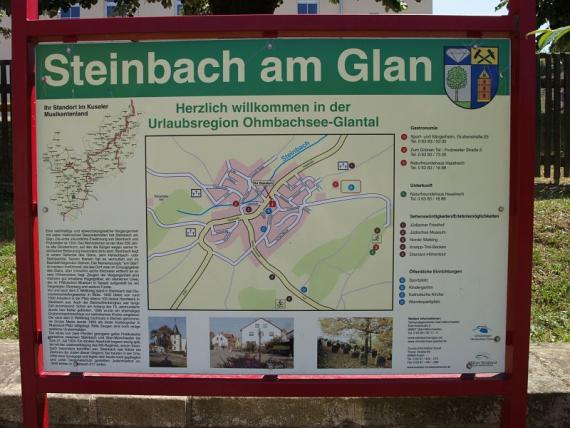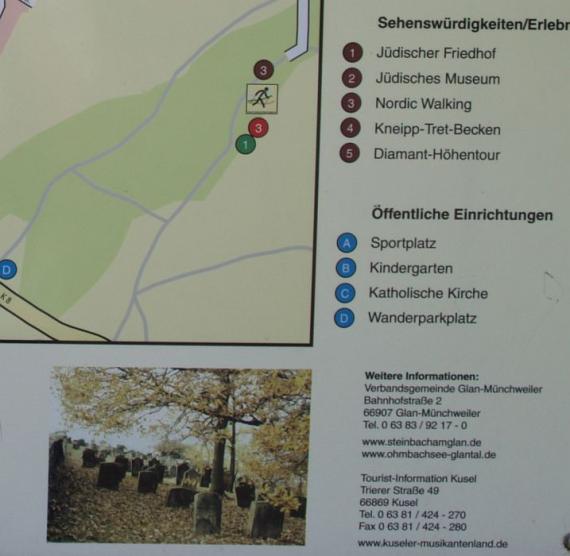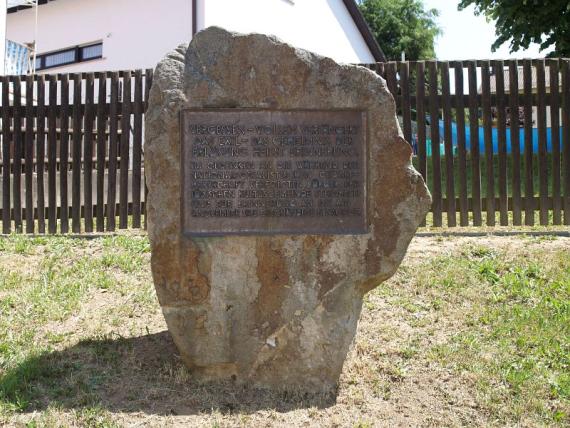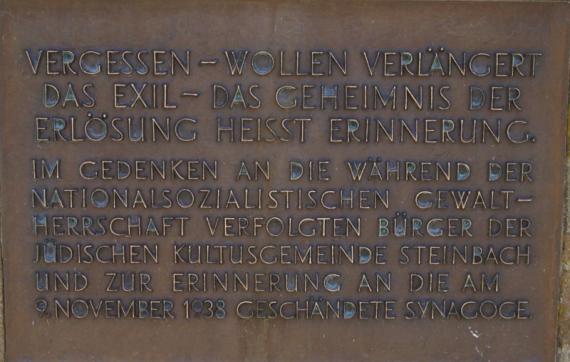In Steinbach am Glan a Jewish community existed until 1938/40. Its origin goes back at least to the time of the 18th century . With Schmul Levi a Jew is mentioned for the first time in 1638 in Glan-Münchweiler . In Steinbach there is a first mention by name in 1728, when Jacob Levi received a letter of protection for himself and his family. At that time, however, there were already other Jewish families in the village: in 1736 there were a total of 25 Jewish families in the county of von der Leyen, living mainly in Steinbach. In the course of the 18th century, Steinbach am Glan developed into a center of Jewish life in the Western Palatinate. By the middle of the 19th century (1845), among the 42 Jewish heads of household in Steinbach at that time, there were 21 merchants (mainly cattle dealers), nine grocers, eight brokers, two bakers, Manasses Kahn as a shepherd and Judas Levi as a rag-and-bone man.
When in the 19th century the number of Jewish inhabitants decreased, some smaller communities in the surrounding area joined the community in Steinbach. As early as 1815, Jewish persons / families living in the then canton Waldmohr am Glan also belonged to the Steinbach community (at the end of the 19th century, however, they belonged to the community in Homburg). In 1872 the Jewish persons living in Brücken joined Steinbach. 1887 were followed by the Jewish persons living in Börsborn and - after a temporary independence - also again by the Jewish persons living in Glan-Münchweiler and the following year by the Bettenhausen Jews. In the 20th century it was still the Jewish families living in Brücken and Glan-Münchweiler who belonged to the Steinbach community. In Börsborn and Bettenhausen no Jewish persons lived any more.
In1933 there were still 34 Jewish persons living in the village, in total (with Brücken and Glan-Münchweiler) 79 persons still belonged to the community, in 1936 66. In the following years, a part of the Jewish community members moved away or emigrated due to the consequences of the economic boycott, the increasing deprivation of rights and the reprisals. During November pogrom in 1938 the synagogue was desecrated and the interior was destroyed.




Add new comment